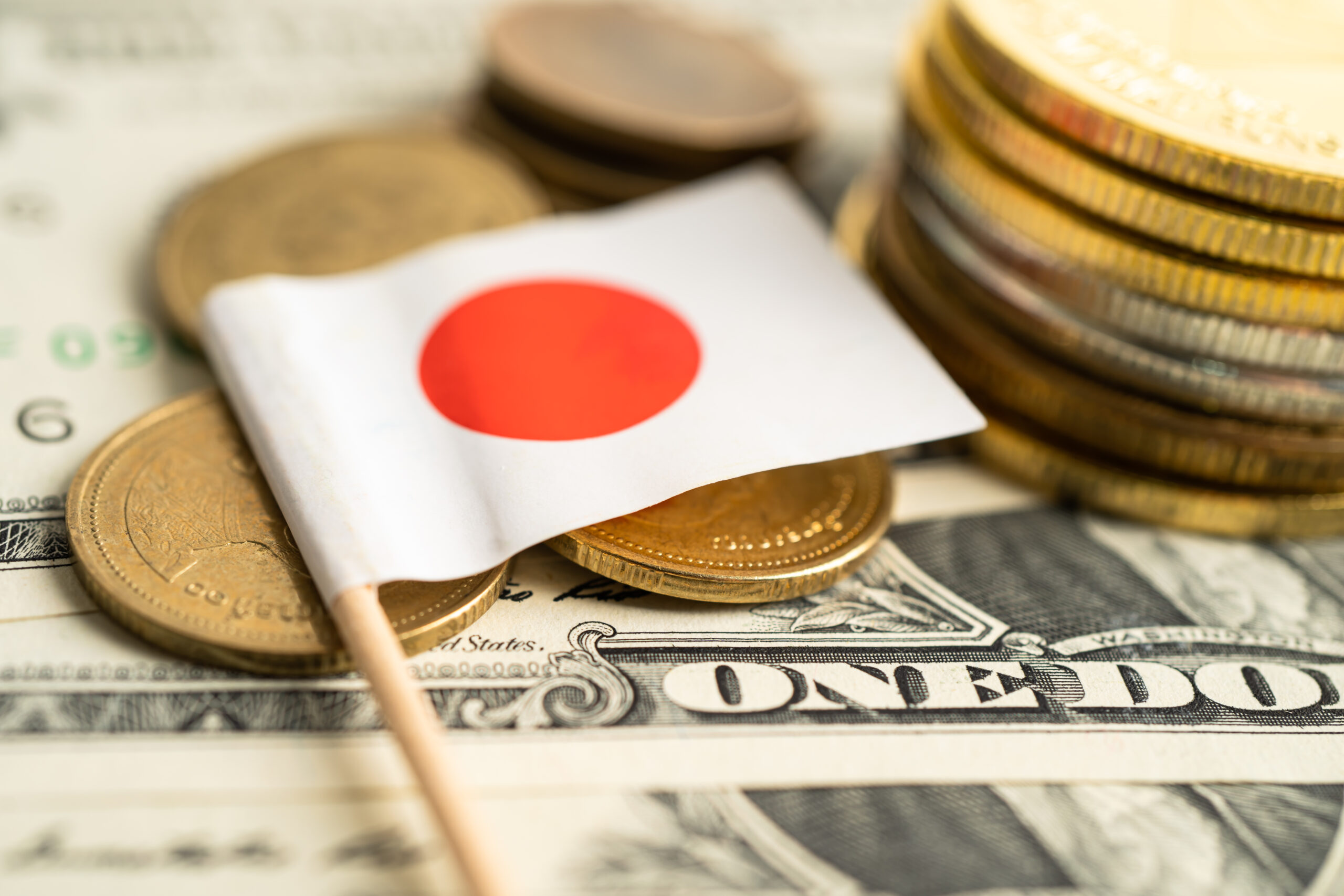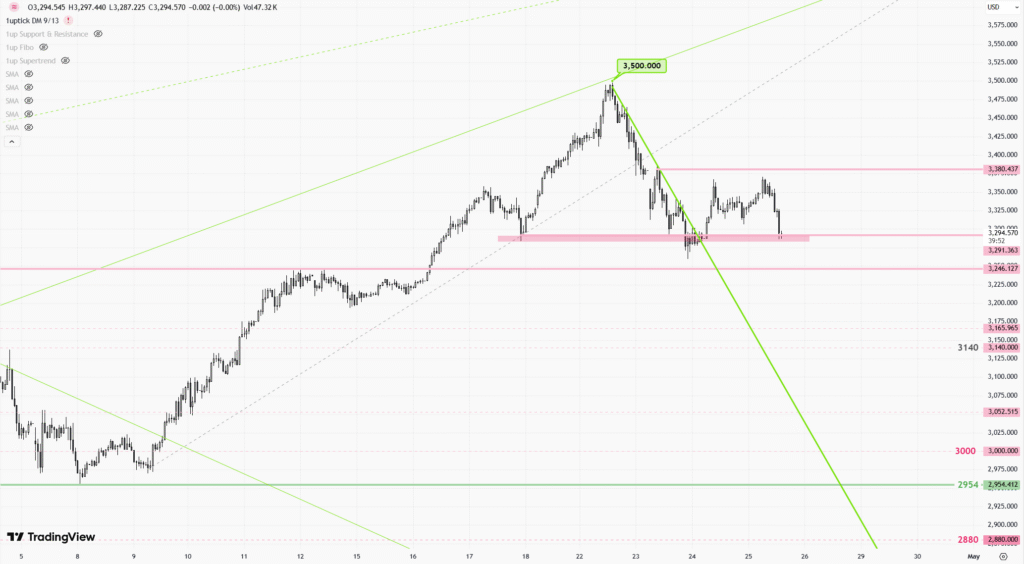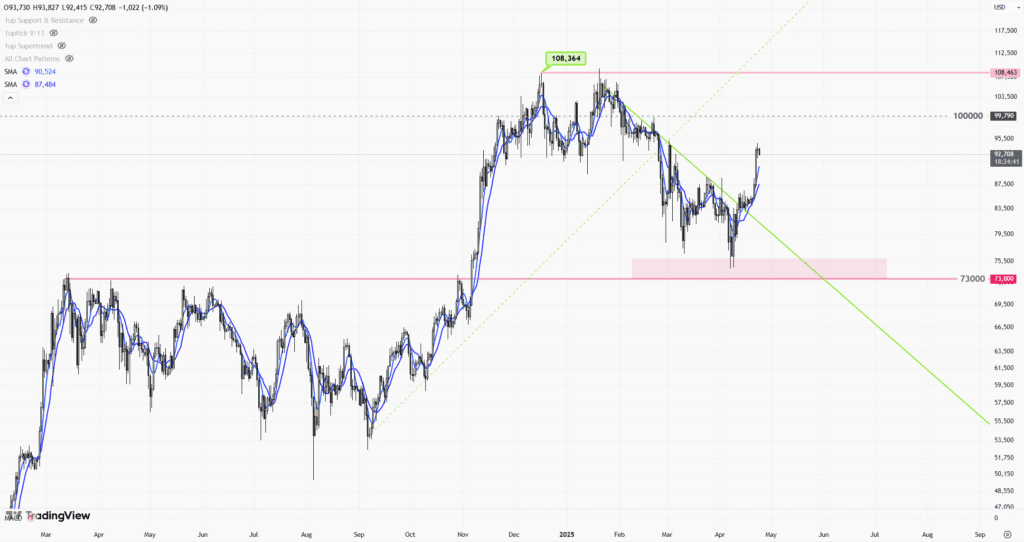 |
| Gold V.1.3.1 signal Telegram Channel (English) |

Bank of Japan Holds Interest Rate at 0.5%, Signals Flexible Policy Approach as Yen Outlook Draws Market Attention
2025-06-18 @ 11:04
The Bank of Japan (BoJ) held interest rates steady at 0.5% following its June 17 policy meeting, maintaining the highest level since 2008. This marks the third consecutive time the central bank has opted to keep rates unchanged. Governor Kazuo Ueda emphasized during the press conference that the BoJ is prepared to respond flexibly if long-term interest rates rise too quickly, aiming to preserve market stability and investor confidence.
Much of the market’s focus remains on the BoJ’s government bond purchases. Since August 2024, the central bank has been scaling back its purchases by roughly 400 billion yen per quarter—a process expected to continue until March 2026. Starting in April 2026, the pace of tapering will slow to 200 billion yen per quarter, with monthly purchases expected to shrink to around 2.1 trillion yen by early 2027. This gradual approach signals a cautious path toward policy normalization, designed to minimize disruption to the bond market.
At the same time, the BoJ has downgraded its economic outlook. Its most recent projections lowered the expected GDP growth for fiscal year 2025 from 1.0% to 0.5%, while core inflation forecasts were trimmed from 2.7% to 2.2%. Forecasts for 2026 have also been revised downward. Weak domestic consumption and sluggish investment recovery, along with uncertainties in the global trade environment, are all weighing on Japan’s growth potential. As a result, expectations for further rate hikes have softened.
Meanwhile, the policy gap between Japan and the United States is becoming more pronounced. While the Federal Reserve has paused its rate hikes, it hasn’t signaled any imminent cuts. In contrast, the BoJ remains on hold, with no immediate plans to tighten monetary policy further—keeping the yen under pressure against a broadly strong dollar. If domestic wages rise steadily or inflationary pressures build further, the BoJ might revisit the idea of raising rates later this year. Otherwise, its current ultra-easy stance is likely to stay in place.
Governor Ueda reiterated that the BoJ is carefully monitoring market conditions. Should long-term yields move beyond acceptable ranges, the bank may adjust the pace of bond reduction or tweak its operations accordingly. While Japan’s economy is experiencing a mild recovery, Ueda cautioned that risks remain and policy must remain adaptable.
Looking ahead to the second half of the year, investors will be closely watching wage growth and inflation trends, as well as any shifts in the BoJ’s bond-buying strategy. If inflation continues to climb and the broader economy holds up, the yen could see some recovery. But if growth remains sluggish and price pressures ease, the central bank is likely to maintain its dovish policy stance—potentially keeping the yen on the weaker side. In that case, attention will inevitably turn to capital flows and potential volatility in the bond market.
Overall, the BoJ’s latest decision reflects its continued cautious approach. While no major policy moves were made, the message was clear: the central bank remains ready to act as conditions evolve. For markets and investors, this offers a degree of clarity in an otherwise uncertain environment.








